桥梁结构的建模、分析和设计已集成到CSiBridge中,以创建终极的计算机化工程工具。完成所有这些任务的简便性使CSiBridge成为当今市场上最通用和最高效的软件程序。
Modeling, analysis and design of bridge structures have been integrated into CSI Bridge to create the ultimate in computerized engineering tools. The ease with which all of these tasks can be accomplished makes CSI Bridge the most versatile and productive software program available on the market today.
 Using CSI Bridge, engineers can easily define complex bridge geometries, boundary conditions and load cases. The bridge models are defined parametrically, using terms that are familiar to bridge engineers such as layout lines, spans, bearings, abutments, bents, hinges and post-tensioning. The software creates spine, shell or solid object models that update automatically as the bridge definition parameters are changed.
Using CSI Bridge, engineers can easily define complex bridge geometries, boundary conditions and load cases. The bridge models are defined parametrically, using terms that are familiar to bridge engineers such as layout lines, spans, bearings, abutments, bents, hinges and post-tensioning. The software creates spine, shell or solid object models that update automatically as the bridge definition parameters are changed.
CSI Bridge design allows for quick and easy design and retrofitting of steel and concrete bridges. The parametric modeler allows the user to build simple or complex bridge models and to make changes efficiently while maintaining total control over the design process. Lanes and vehicles can be defined quickly and include width effects. Simple and practical Gantt charts are available to simulate modeling of construction sequences and scheduling.
CSI Bridge includes an easy to follow wizard that outlines the steps necessary to create a bridge model.
Completely integrated within the CSI Bridge design package is the power of the SAPFire analysis engine, including staged construction, creep and shrinkage analysis, cable tensioning to target forces, camber and shape finding, geometric nonlinearity (P-delta and large displacements), material nonlinearity (superstructure, bearings, substructure and soil supports), buckling and static and dynamic analysis. All of these apply to a single comprehensive model. In addition, AASHTO LRFD design is included with automated load combinations, superstructure design and the latest seismic design.更新 BRIDGE MODELER Bridge tendon layout can now be parametrically defined directly with respect to any girder as well as the bridge layout line.
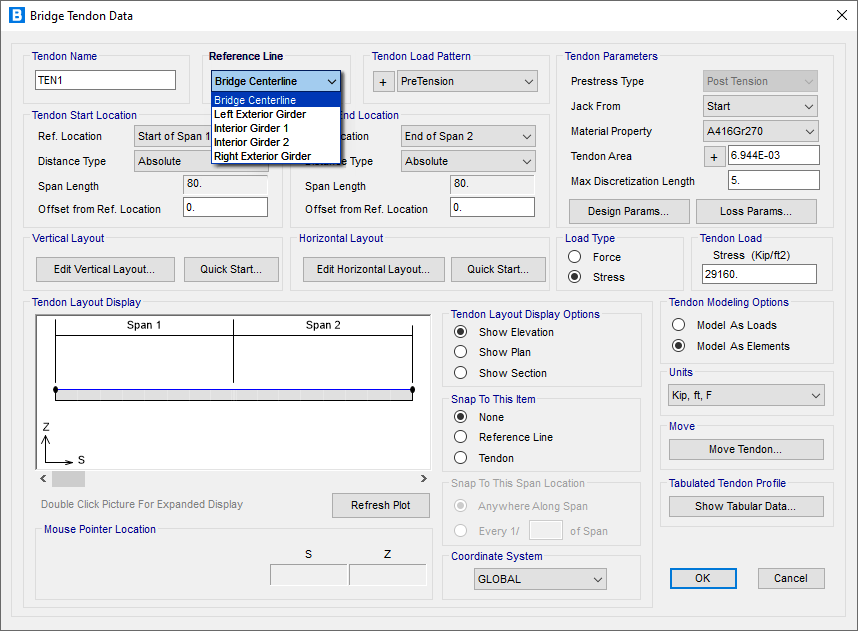
Modeling of closure pours at double-bearing bents for concrete precast I-girder and Super-T girder bridges is now available. This can be used to simulate a live-load continuous superstructure or full integral continuity with the substructure.
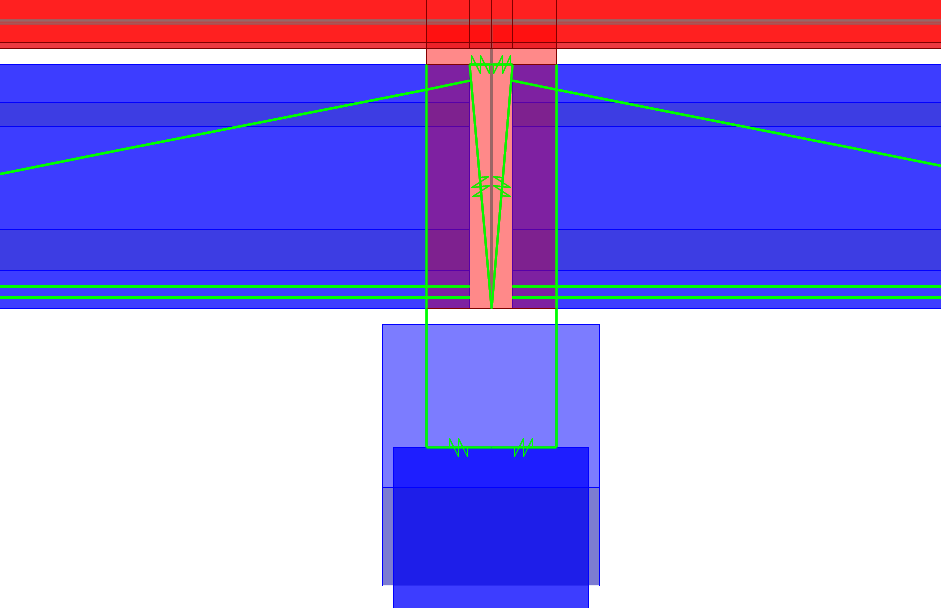 BRIDGE DESIGN AND RATING
BRIDGE DESIGN AND RATING Bridge superstructure design according to the AASHTO LRFD 2020 code has been added. This new code is also available as a resistance code for superstructure rating.
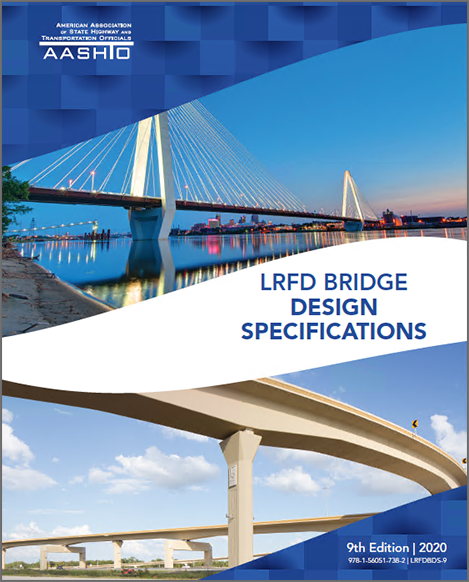
Longitudinal web stiffeners for steel I-girders and steel U-girders can now be modeled on a girder-by-girder basis. These stiffeners are carried through modeling, analysis, design and rating.
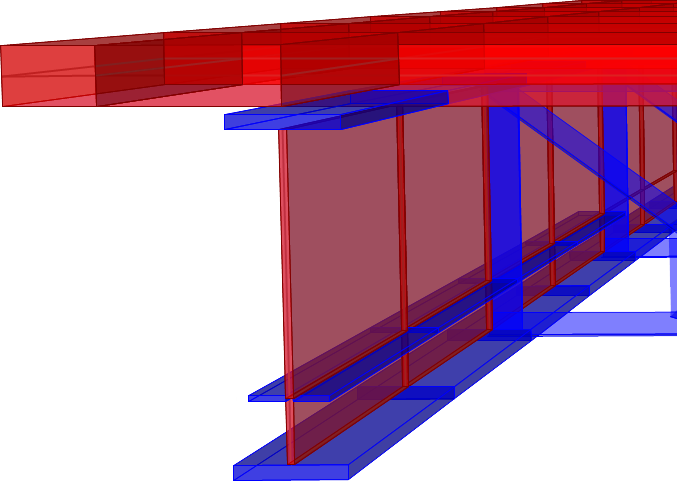 DESIGN
DESIGN Concrete shell design per Eurocode 1992-1-1:2004 has been enhanced, including the ability to set design preferences and national annexes, improved iteration for determining the optimum amount of reinforcement, handling of variable-thickness shells, and the presentation of detailed results in tabular form.
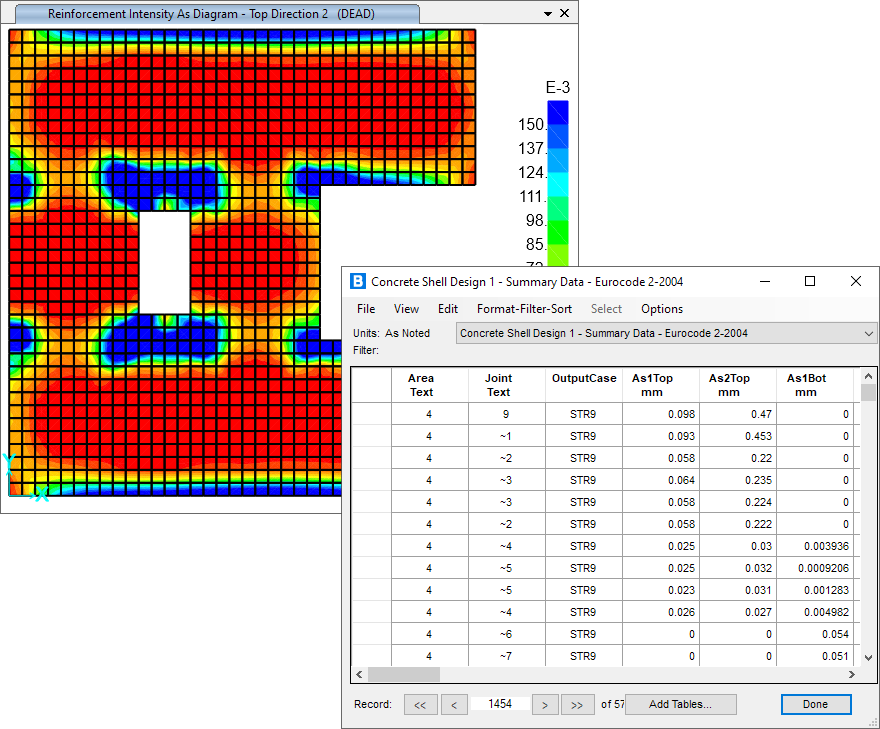 ANALYSIS
ANALYSIS Time-dependent behavior of concrete has been added for the AS3600-2018 code, including creep, shrinkage, and age-dependent stiffness.
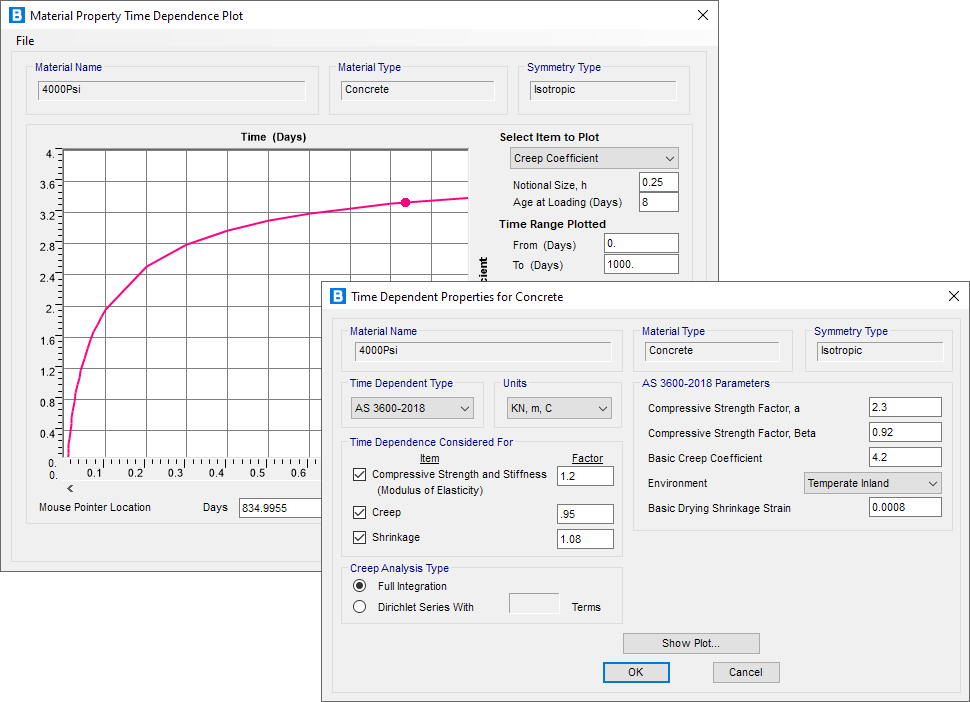 The ability to enable/disabled the coupling between major bending, shear V2, and torsion is now available for channel and general sections.
The ability to enable/disabled the coupling between major bending, shear V2, and torsion is now available for channel and general sections.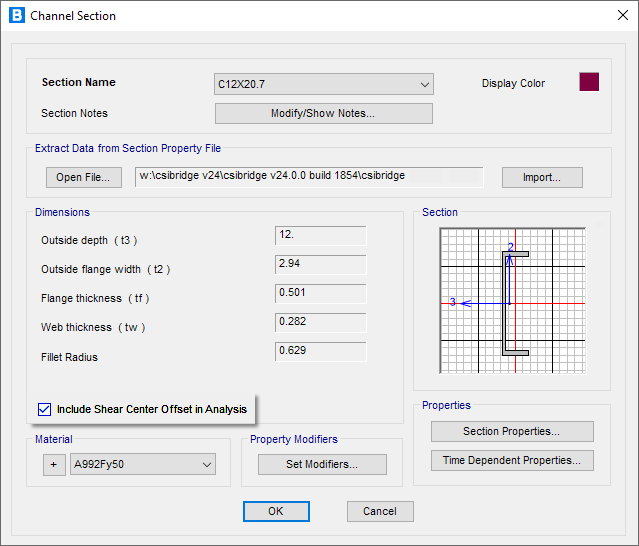
本部分内容设定了隐藏,需要回复后才能看到